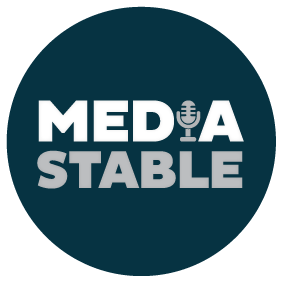Womens voices still underrepresented in Australia
A new report from the Women’s Leadership Institute Australia, reveals some alarming truths about gender bias and imbalance in Australian media, especially when it comes to the use of women quoted experts and opinion article authors.
The sixth Women for Media 2024 report “An Unfinished Story”, analysed over 200,000 articles using AI and advanced machine learning technology and found that when it came to quoted experts in the front-page stories, men accounted for 78% of the quotes. There was a similar gender imbalance when it came to the authorship of opinion articles. In 2024, women made up 29% of the bylines which was a marked decline from 2019, when women authored 38% of these articles.
While there are some sound reasons why male experts are perhaps over-represented in some forms of media, such large gender imbalances suggest some inherent and firmly entrenched gender biases in parts of the Australian media.
Why does it matter? First, the gender imbalance in expert commentary in news stories and opinion articles is wholly unrepresentative of wider Australian society, where men are 49.3% of the population versus 50.7% female. If men are driving the narratives more widely and regularly, men’s opinions and expert opinions are given greater weight in shaping societal attitudes, it’s against the basic democratic principles of an equitable society.
Newsrooms around the country have acknowledged there is work to do to enable a fairer representation of female voices, but to instil change requires effort, some form of tracking and accountability.
Back in 2017, the BBC launched a project called 50:50 which was aimed at addressing the gender imbalance of expert contributors across the BBC, and after early results showed the 50:50 framework worked, the system was soon voluntarily adopted across the whole BBC network, and soon went global. It’s now embedded in over 145 outlets across 30 countries, including the ABC here in Australia.
From our perspective, the media show no apparent preference for men’s expert opinions over women’s. For the media we deal with who are looking for expert commentary, it’s not about gender – instead it’s about who’s most qualified and best suited.
At Media Stable, the current gender breakdown of experts in our database stands at 45% men and 55% women, and over our 12-years in business, we’ve found no shortage of eminently qualified women willing to step up to give their views in media.
While we’ve made some solid progress on achieving gender equity in some areas of Australian society, it appears in 2024, in the media at least, the goal of reaching equity is indeed an unfinished story.
